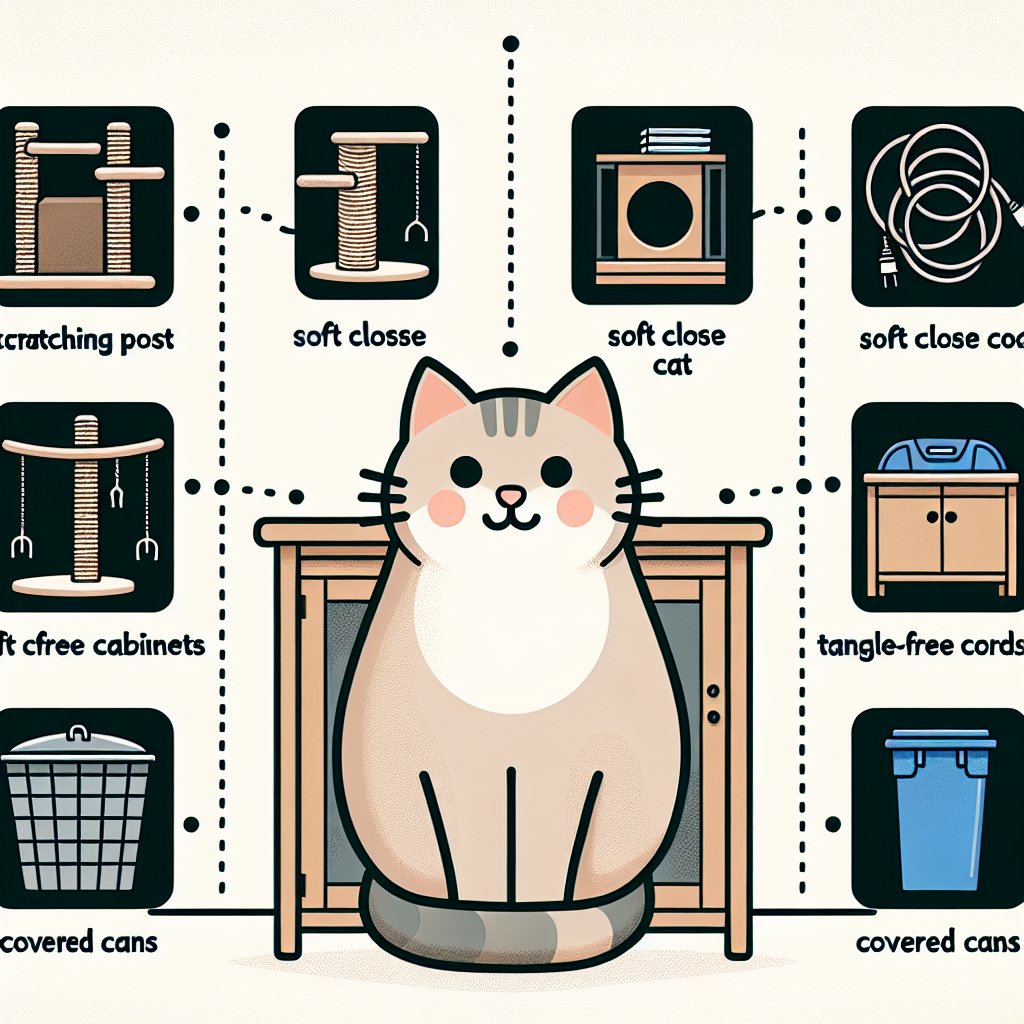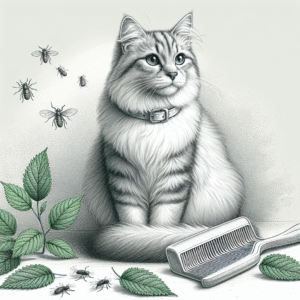
Bringing a cat into your home can be a delightful experience, but it also requires preparation to ensure both your feline friend’s safety and the preservation of your belongings. Cats are curious creatures with a knack for getting into trouble, and their natural instincts can often lead them to places you might not expect. This ultimate guide will help you cat-proof your home effectively, ensuring a safe and happy environment for your pet.
Understanding Cat Behavior
Before diving into specific strategies for cat-proofing your home, it’s important to understand why cats behave the way they do. Cats are naturally curious and love to explore their environment. They have a keen sense of smell and an instinct to climb and scratch. These behaviors are innate, so rather than trying to suppress them, it’s best to channel them safely.
Identifying Potential Hazards
To cat-proof your home effectively, you need to identify potential hazards. Cats are agile climbers and can squeeze into tight spaces, so it’s vital to look at your home from a cat’s perspective. Here are some common household hazards to watch out for:
- Electrical Cords: Cats may chew on cords, posing a risk of electrocution. Conceal cords with cord protectors or keep them out of reach.
- Small Objects: Items like rubber bands, paper clips, and small toys can be swallowed and cause choking.
- Household Chemicals: Cleaning supplies, laundry detergent, and other chemicals should be stored securely.
- Plants: Some plants are toxic to cats. Ensure you keep only non-toxic plants in your home.
- Open Windows: Cats love to perch on windowsills. Ensure windows have secure screens or keep them closed.
Securing Your Home Room by Room
Living Room
The living room is often a place where cats spend a lot of time. Here’s how you can make it safer:
- Furniture: Use double-sided tape or furniture guards to deter scratching. Provide a scratching post as an alternative.
- Electronics: Keep remotes and other small electronics out of reach or stored securely.
- Fireplace: If you have a fireplace, ensure it has a secure screen to prevent your cat from getting too close.
Kitchen
The kitchen is full of enticing smells and potential dangers for your cat:
- Food Safety: Keep food off counters and store it in cat-proof containers.
- Trash Cans: Use a trash can with a secure lid to prevent your cat from rummaging through waste.
- Stove and Oven: Always check that your cat is not near the stove before cooking. Consider using stove knob covers.
Bathroom
Bathrooms can be hazardous due to water and cleaning products:
- Toilet Lids: Keep toilet lids closed to prevent your cat from drinking from or falling into the toilet.
- Medications: Store all medications securely in cabinets.
- Cleaning Supplies: Ensure all cleaning products are stored out of reach or in locked cabinets.
Bedroom
In the bedroom, focus on creating a safe and comfortable space for your cat:
- Bedding: Ensure that your cat cannot get trapped under heavy blankets or pillows.
- Closets: Keep closet doors closed to prevent your cat from getting trapped or chewing on shoes and clothes.
- Jewelry and Accessories: Store jewelry and small accessories securely to prevent them from becoming toys.
Providing Safe Alternatives
One of the best ways to prevent your cat from engaging in unwanted behavior is to provide them with alternatives that satisfy their natural instincts:
- Scratching Posts: Place scratching posts in areas where your cat likes to scratch. Consider different textures and sizes.
- Climbing Structures: Offer cat trees or shelves to satisfy their climbing urges.
- Toys: Provide a variety of toys that encourage active play and mental stimulation.
- Window Perches: Install window perches so your cat can safely enjoy watching the outside world.
Training and Behavioral Solutions
Training your cat is an essential part of cat-proofing your home. Here are some tips for encouraging good behavior:
- Positive Reinforcement: Reward your cat with treats and praise when they use the appropriate areas for scratching or playing.
- Deterrents: Use safe deterrents like citrus sprays on areas you want your cat to avoid.
- Consistency: Be consistent with rules and boundaries to help your cat understand acceptable behaviors.
Emergency Preparedness
Part of cat-proofing your home includes being prepared for emergencies:
- First Aid Kit: Have a pet first aid kit readily available for minor injuries or emergencies.
- Emergency Contacts: Keep your veterinarian’s contact information and the number for a 24-hour emergency clinic handy.
- Pet Insurance: Consider investing in pet insurance to cover unexpected health issues.
Conclusion
Cat-proofing your home is an ongoing process that involves understanding your cat’s behavior, identifying potential hazards, and providing safe alternatives. By taking these steps, you can create a safe and welcoming environment for your feline friend, ensuring they can explore their home without getting into trouble. Remember, a cat-proof home is not only safer for your pet but also offers peace of mind for you as a pet owner.
#ChatGPT assisted in the creation of this article.








